Flanged ball valves are convenient because they are simple to add or remove. They are manufactured in a wide range of standard sizes, making it easy to retrofit an existing pipe line with a ball valve. Flanged ball valves can have a diameter of less than an inch or more than a foot. Read More…
Marwin Valve is known for high quality products and customer service. Some products include ball valves, brass ball valves, high pressure valves, stainless steel ball valves, flanged ball valves, 4 way ball valves and 3 way ball valves. We serve a wide variety of industries. Please give us a call today to learn more information!
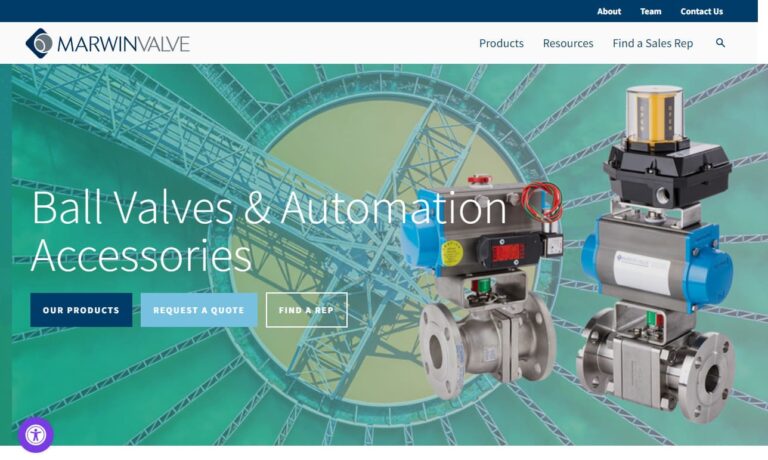
At Kingston Valves, we are proud to be recognized as a leading manufacturer and supplier of high-quality ball valves, catering to diverse industries worldwide with precision-engineered solutions that ensure efficient flow control and reliable performance. With decades of experience and a commitment to innovation, we have earned the trust of our customers as a dependable partner for all their...
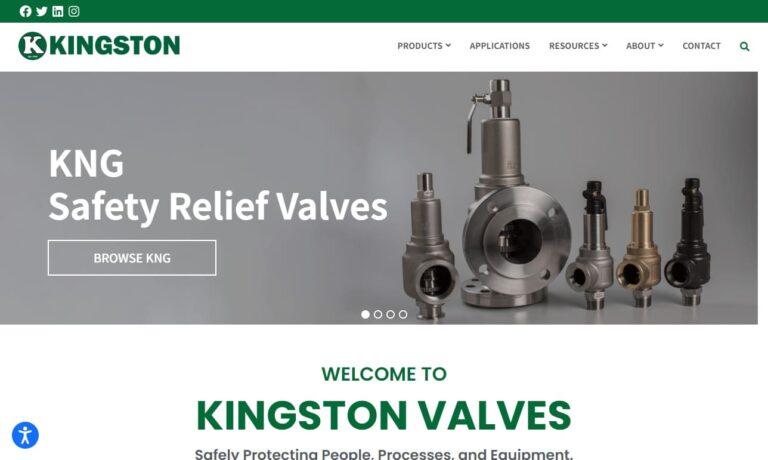
When it comes to ball valves, you can count on Valve Check to manufacture ball valves and relief valves! Our valves can operate up to 10,000 PSI, and can be made from such materials as brass, aluminum, steel and stainless steel. Many standards and configurations available! For more information, call us today! We look forward to working with you!

Alloy Valves and Controls, Inc. (AVCO) manufactures valves and instrumentation devices for all types of fluid flow conditions. We supply standard and custom products with full control over our designs and manufacturing. We are proud to be an ISO 9001:2015 Certified, “Made in California” and “Women Owned” business. We produce control valves, cryogenic valves, sanitary valves and...
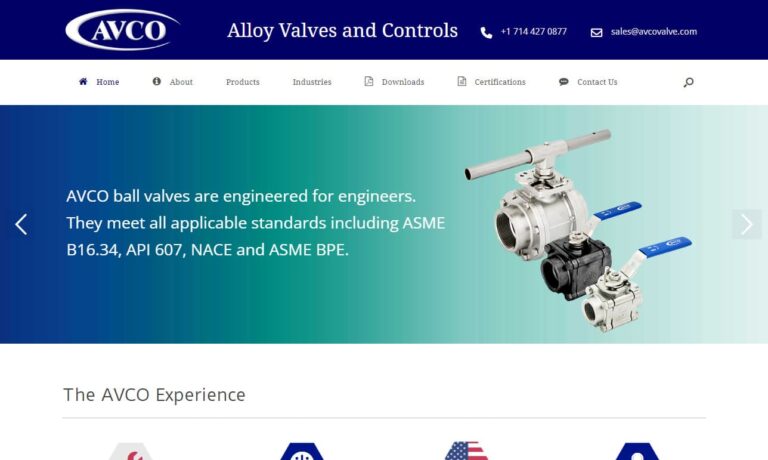
More Flanged Ball Valve Manufacturers
They are opened and closed by a lever, handle or hand wheel and usually require only a quarter turn before instantly shutting off. Flanged ball valves are made from metals such as stainless steel or brass, making them durable and long-lasting; they retain their function even if they are not used for years. Though generally not used in throttling applications because of the small range of motion of the actuator, incremental opening and closing of the valve is possible.
Flanged ball valves are widely used by industries that transport water or other liquids through pipes at low to high pressures and temperatures. Flanged ball valves provide the ability to start and stop the flow of liquids and to change pipes without disrupting the entire line.
Flanged ball valves are only different than other ball valves on the exterior. Besides the flanges, these valves consist of a ball with at least two holes or ports. The most basic ball valve has one inlet and one outlet with a straight hole bored through the ball. When rotated 90° the hole moves perpendicular to the passageway and blocks the flow.
L type ball valves have two short bored holes that meet in the middle at a right angle. The ball can be rotated a quarter turn and connect the inlet to the outlet or when rotated a quarter turn in the other direction, will connect to a second outlet. T type flanged ball valves have three holes that meet in the center to form a T shape.
The current can flow into both outlets simultaneously or to one or the other. The ball can vary in size; full port ball valves have a ball that is larger than the size of the passage and the hole is the same diameter of the pipe. There is no flow restriction for valves of this kind because the pipe walls are flush with the hole, resulting in zero wear. Reduced port balls are the opposite because they use small balls with even smaller holes to cause a large flow restriction.

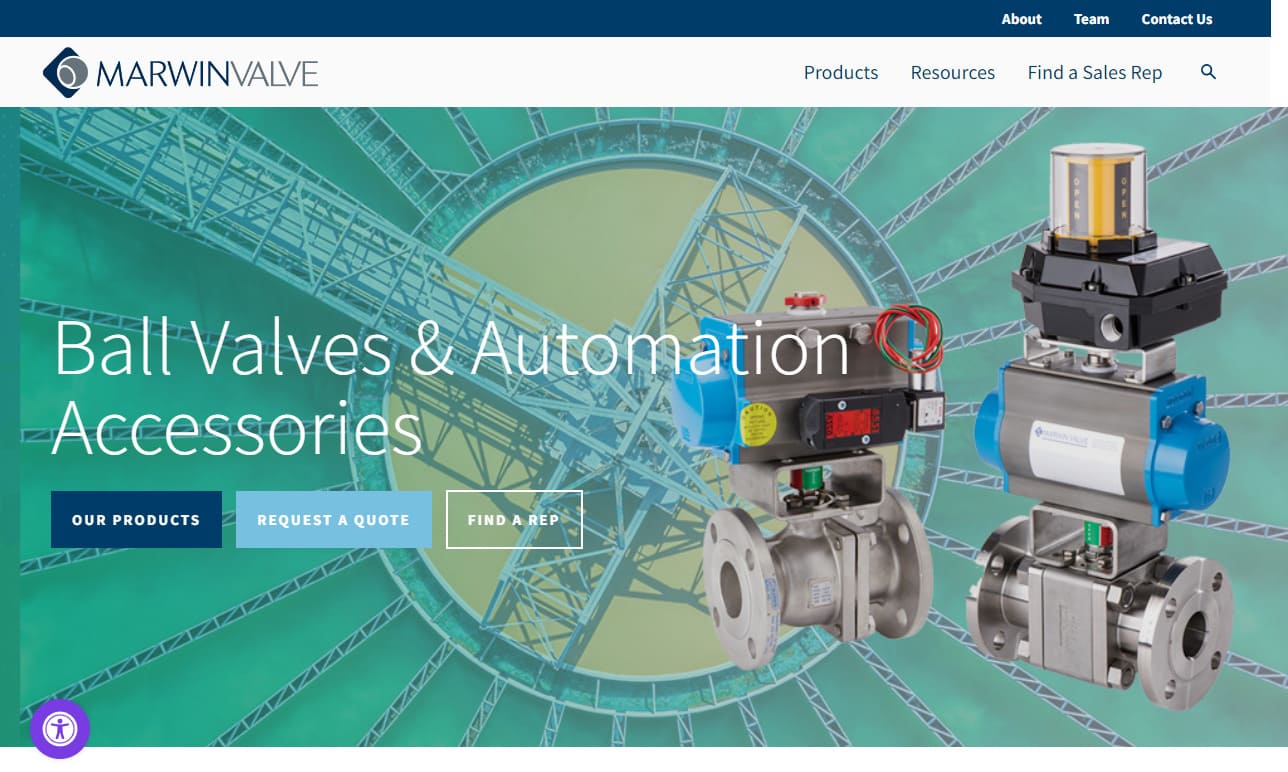
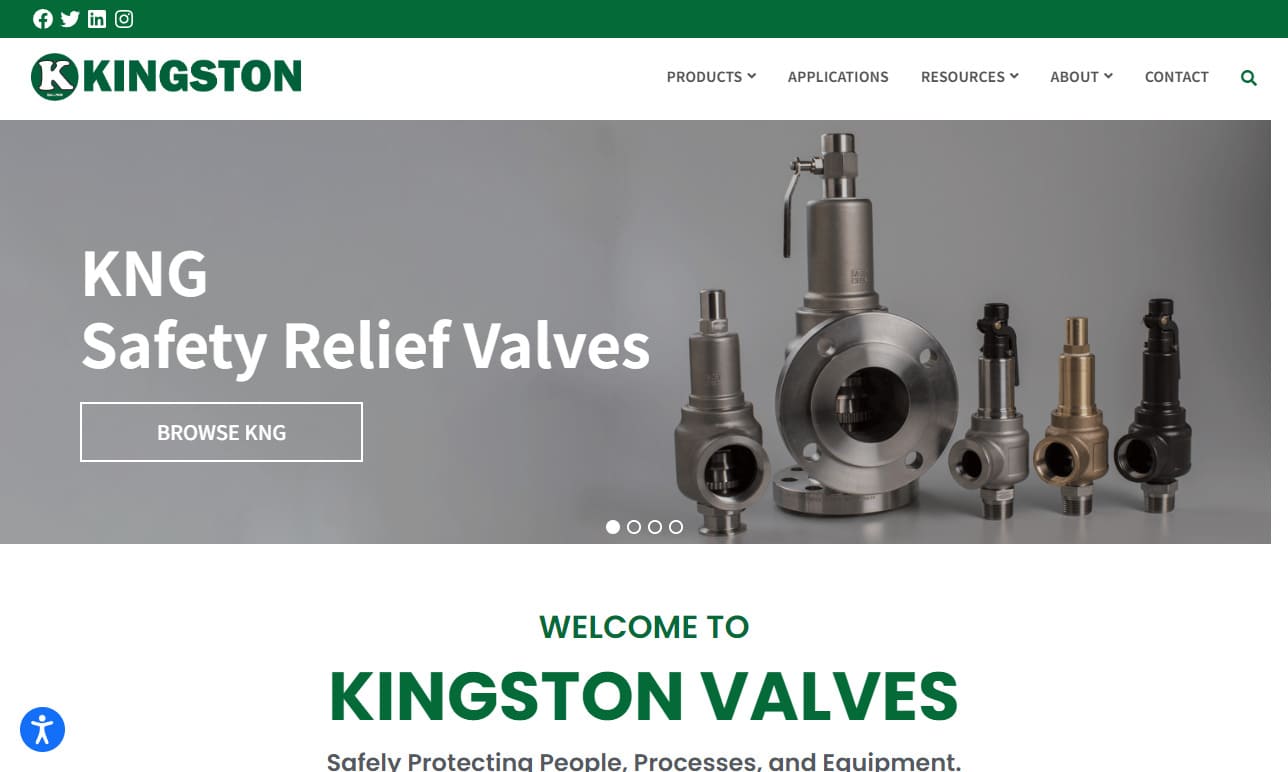
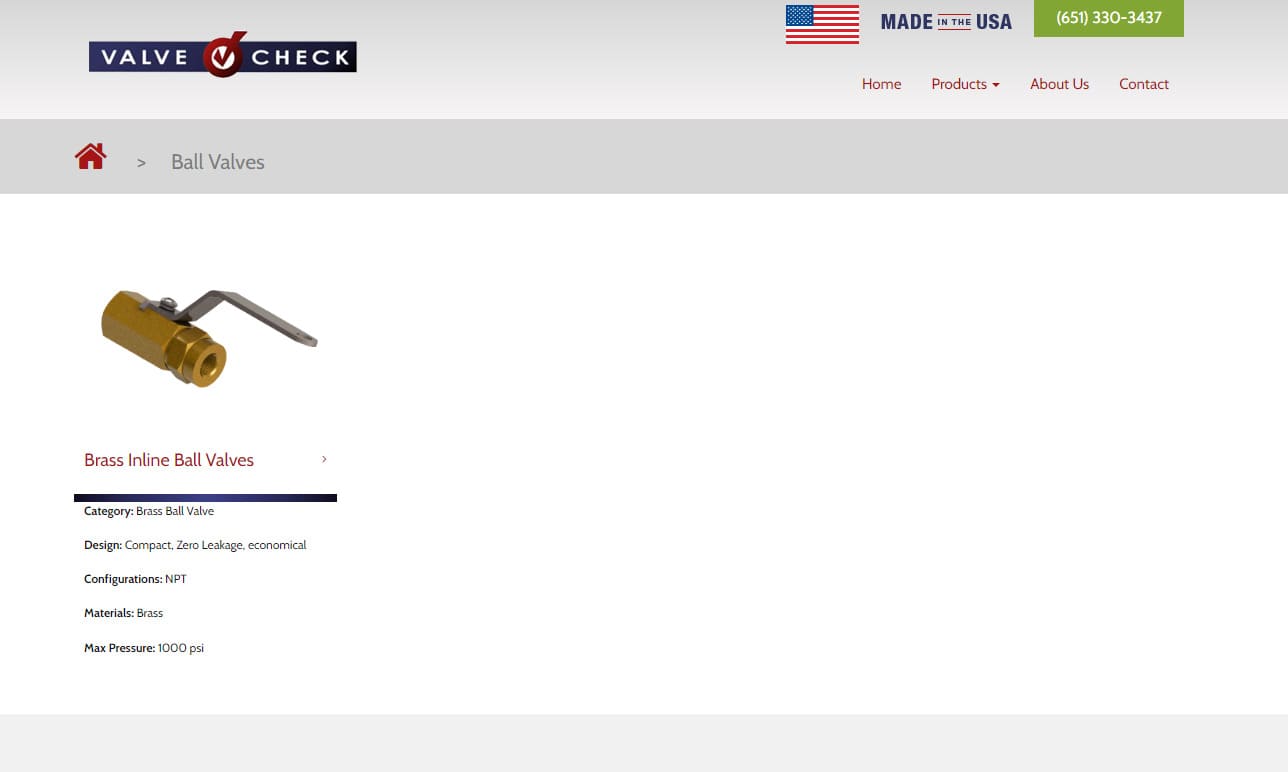
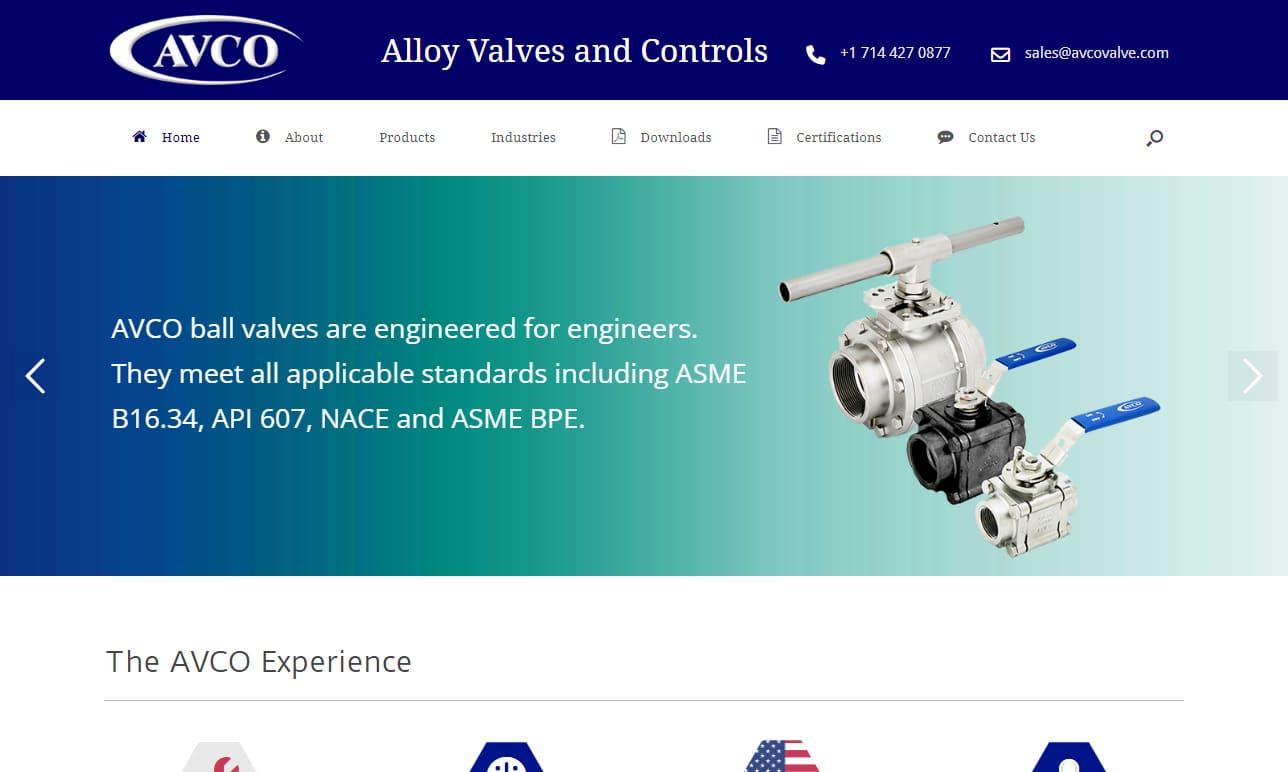
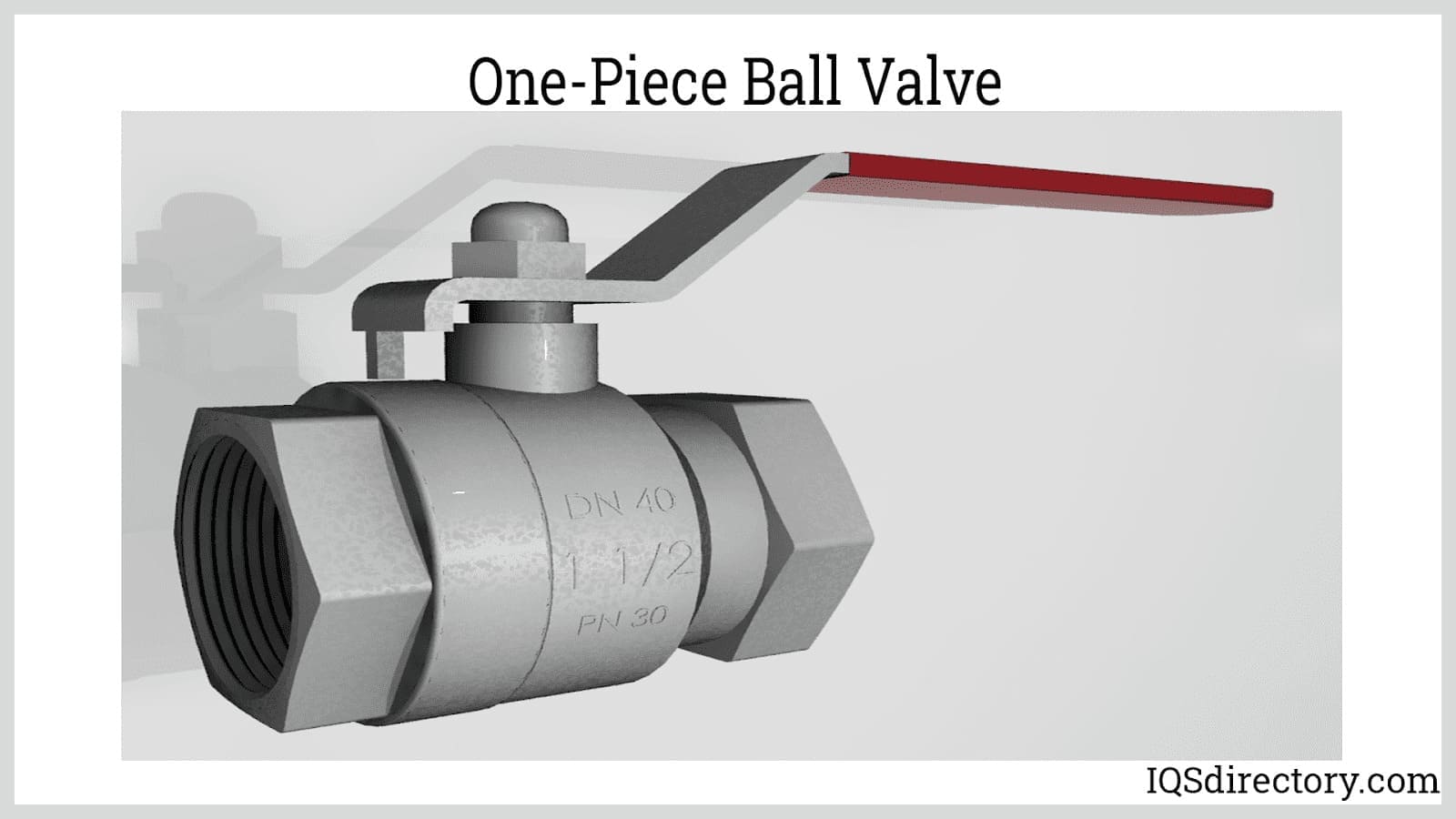
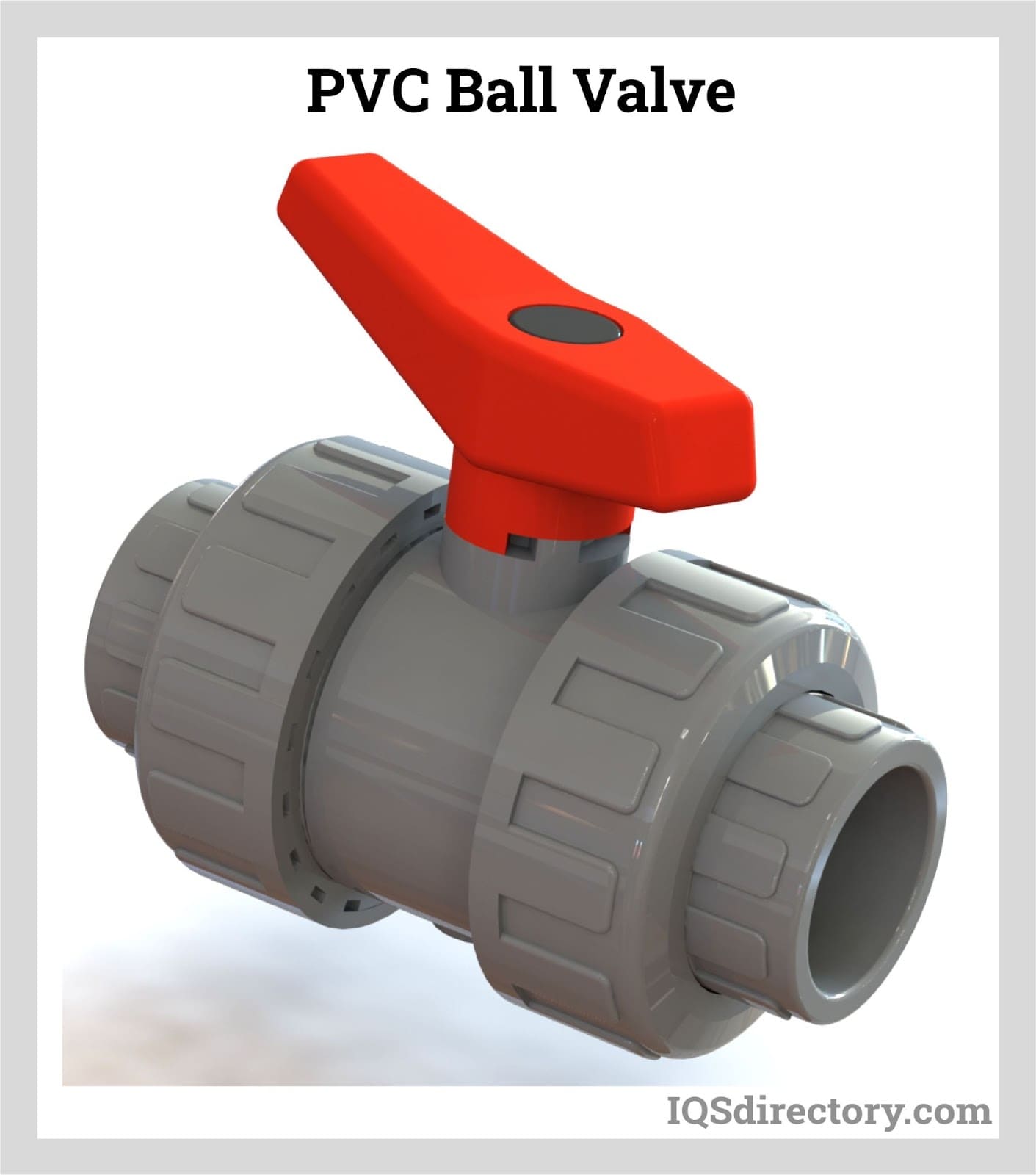
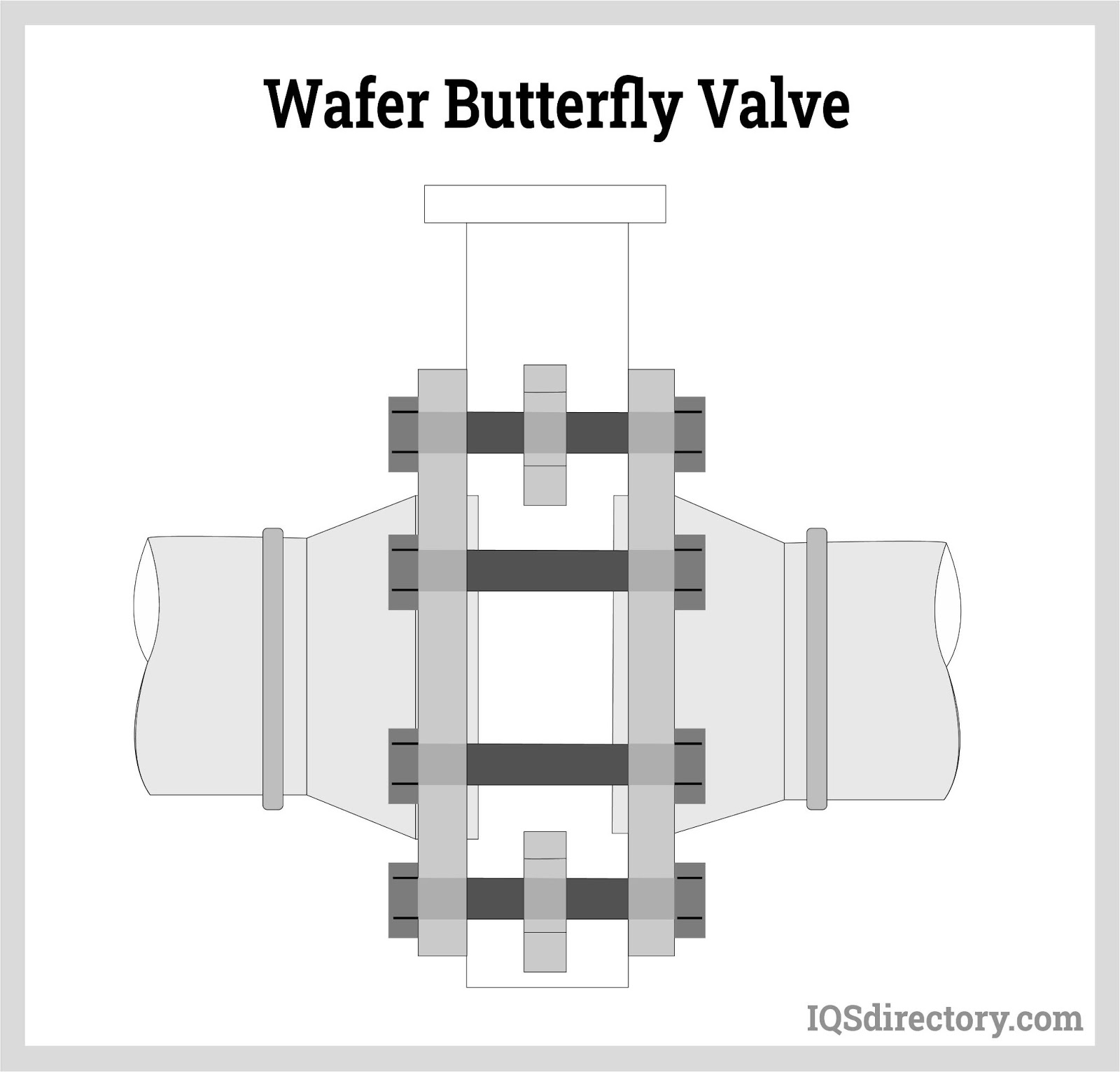
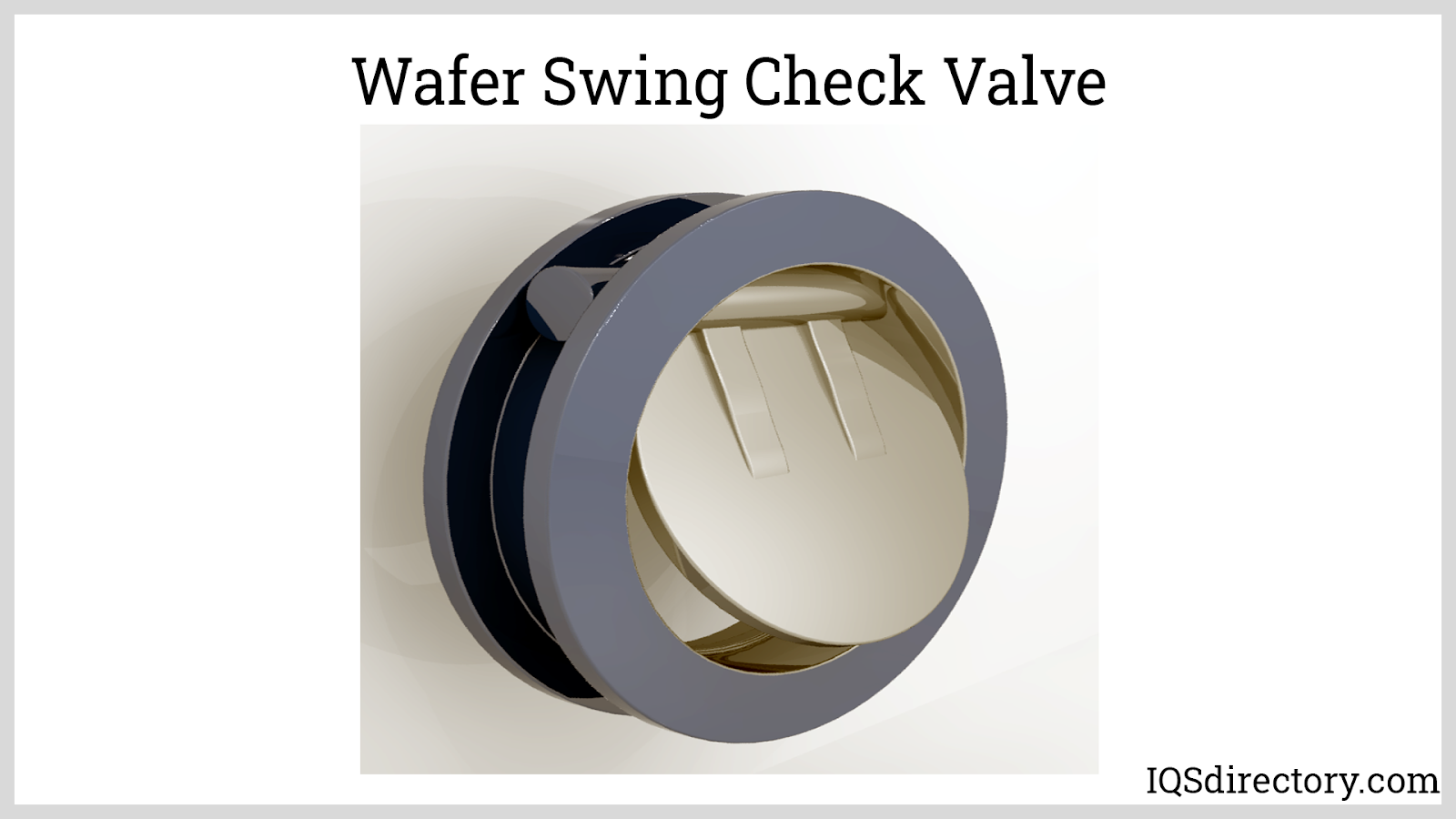

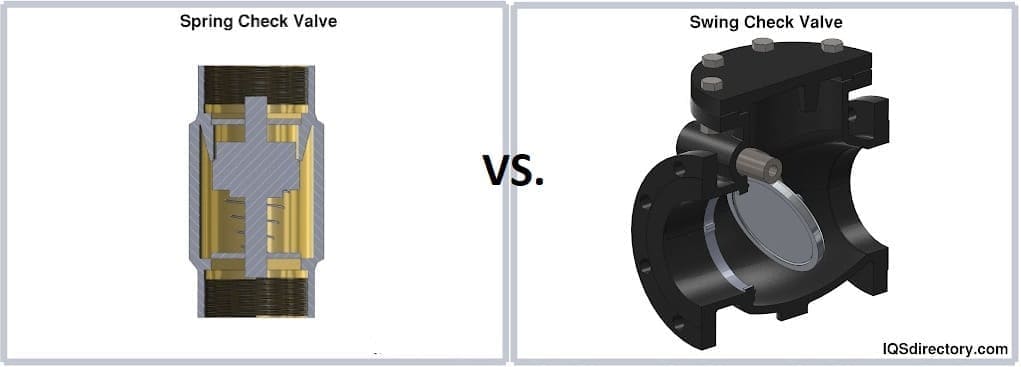
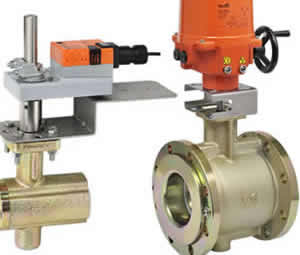 Ball Valves
Ball Valves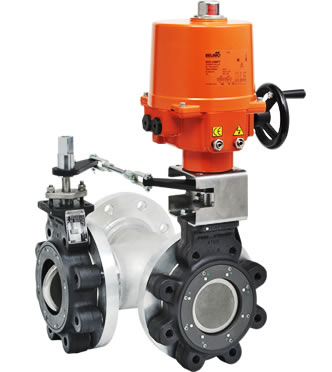 Butterfly Valves
Butterfly Valves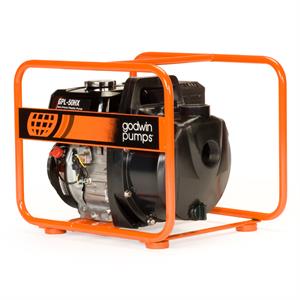 Centrifugal Pumps
Centrifugal Pumps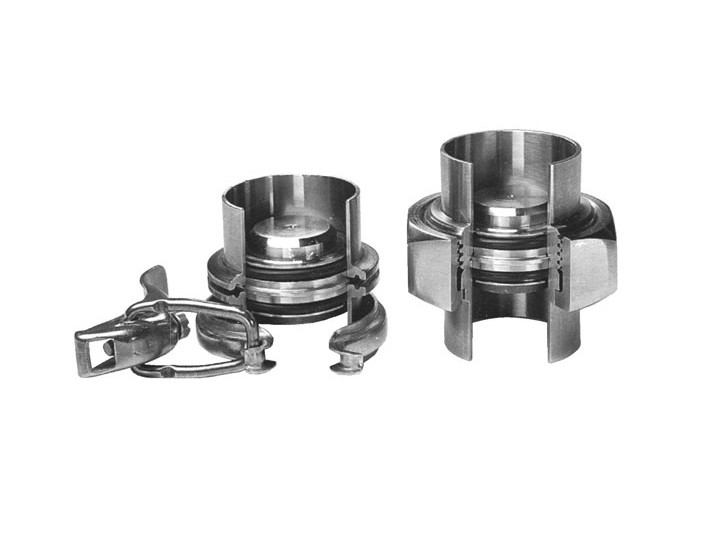 Check Valves
Check Valves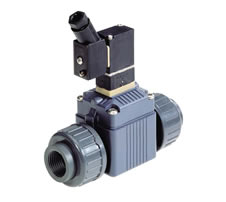 Diaphragm Valves
Diaphragm Valves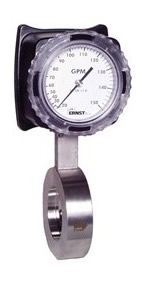 Flow Meters
Flow Meters Hydraulic Pumps
Hydraulic Pumps Hydraulic Valves
Hydraulic Valves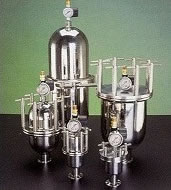 Metering Pumps
Metering Pumps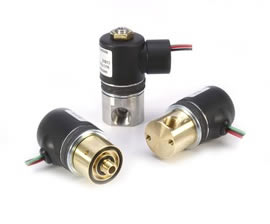 Solenoid Valves
Solenoid Valves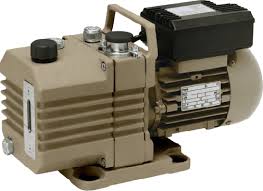 Vacuum Pumps
Vacuum Pumps Castings & Forgings
Castings & Forgings Bulk Material Handling
Bulk Material Handling Electrical & Electronic Components
Electrical & Electronic Components Flow Instrumentation
Flow Instrumentation Hardware
Hardware Material Handling Equipment
Material Handling Equipment Metal Cutting Services
Metal Cutting Services Metal Forming Services
Metal Forming Services Metal Suppliers
Metal Suppliers Motion Control Products
Motion Control Products Plant & Facility Equipment
Plant & Facility Equipment Plant & Facility Supplies
Plant & Facility Supplies Plastic Molding Processes
Plastic Molding Processes Pumps & Valves
Pumps & Valves Recycling Equipment
Recycling Equipment Rubber Products & Services
Rubber Products & Services